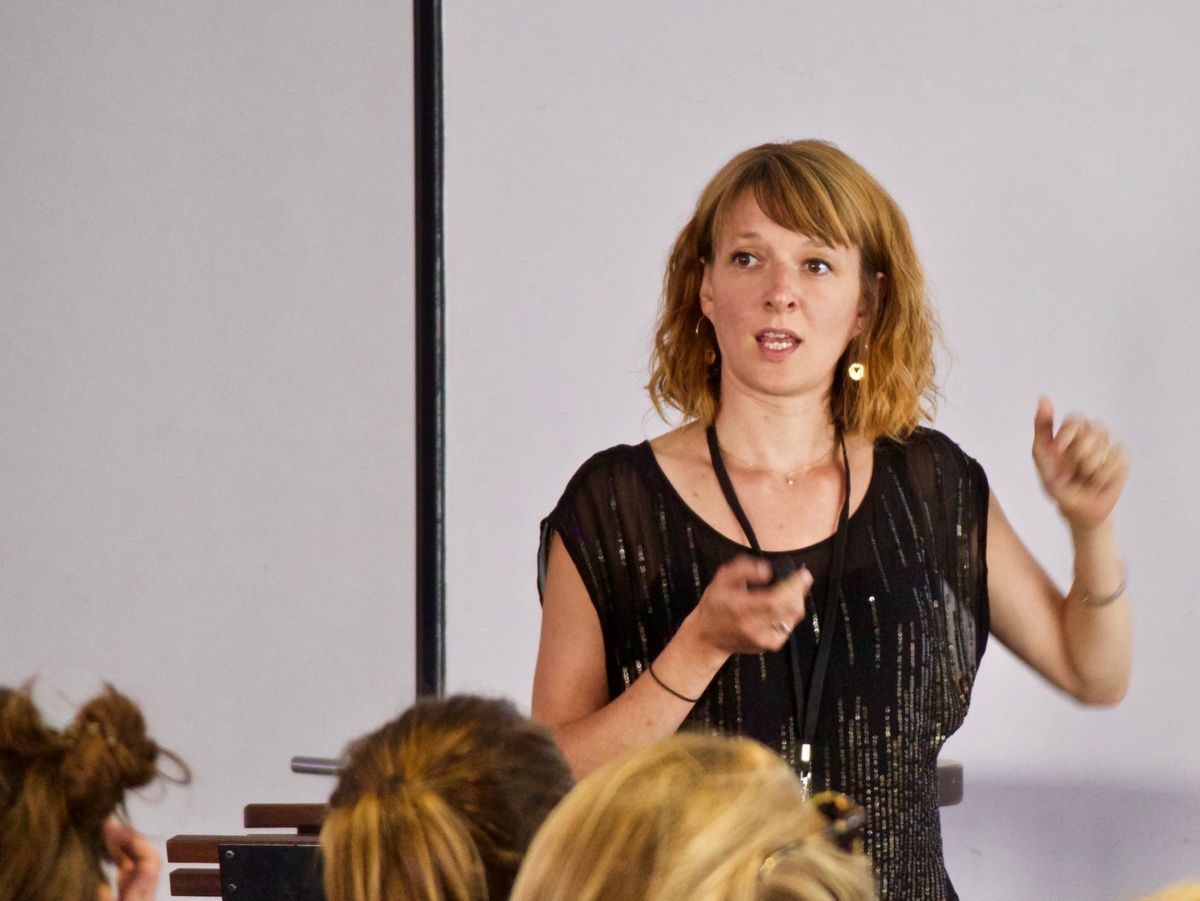Solutions journalism: a possible antidote to news apathy and disengagement
A relentless stream of problem stories makes the world feel worse than it is, and makes people more susceptible to manipulation. Can solutions journalism reverse that?

Workshop sessions at conferences are always a roll of the dice. A session on solutions journalism hosted by Nina Fasciaux of the Solutions Journalism Network was an interesting one.
Why?

She proved that a room full of journalists think the world is in a worse state than they actually do, via an online quiz. Despite the fact that most people get into journalism to make the world better, our news is all about problems - not solutions. That creates an unbalanced, fearful view of the world — one that is being exploited by some politicians.
For example, did you know how Nigeria stopped Ebola? The Economist has you covered - but did you know that?
Hence: solutions journalism. "solution" might not even be the right word. It's probably more "response" journalism. It's a less sexy name, for a less sexy concept: not getting bored of stories. Following them through. Reporting on fixes - and solutions. Not just reporting on the problem, and then moving on without ever revisiting the issue.
Here's a video example from Vox:
It's not fluffy stories, or historic stories, but rigorous journalism on things that are happening now that are having an effect on the world. It needs rigorous details of impact and effectiveness. Inspiration is good - but not enough. Solutions journalism should leave you feeling you understand the problem - and how effective the solutions have been in addressing it.
Research shows that overwhelming people with problems makes them apathetic, while giving then an opportunity to do something about it makes them much more engaged and interested.
In many cases, solutions-based stories have better shares, engaged time and traffic. So much for "if it bleeds, it leads".
The opposite of solutions journalism
To some degree, you can define solutions journalism by what it isn't. It is not:
- Hero worship - stories about people are less effective than ones that use people to illustrate systemic change.
- Not a silver bullet - you can have a serious article about the impact that physical activity has on children's education, for examples, that also addresses the difficulties.
- Not a favour for a friend - stay focused on the pros and cons.
- A theory - you are looking at something that is already happening and the effect that brings.
- An afterthought - a tacked on bit in a piece talking about the problem.
- Activism - you need to look at all solutions, not one.
- Fluff - there's plenty of other places for cat reporting…

Think about moving from being a watch dog to a guide dog - don't just expose problems, look at how those problems are being solved elsewhere.
If people aren't aware of the problem, than you probably need to be focusing on traditional investigative reporting. Solutions journalism only really kicks in when there's a volume of awareness - and outrage.
When should you consider solutions journalism? It’s all about what’s missing from the public debate, explains @NinaFasciaux. #NISPAR pic.twitter.com/ldXdMygxac
— European Journalism Centre (@ejcnet) June 25, 2018
Resources
- The Solutions Story Tracker is a database of more than 3,500 solution stories on social problems they track, by issue, location, journalist, and success factor.
- The Learning Lab - a set of resources on solution journalism





